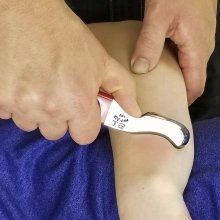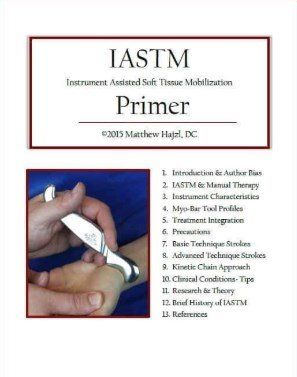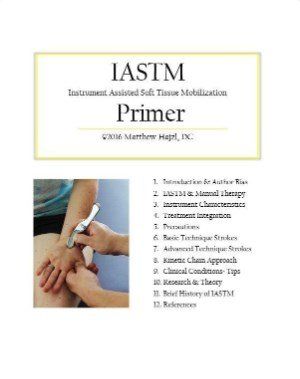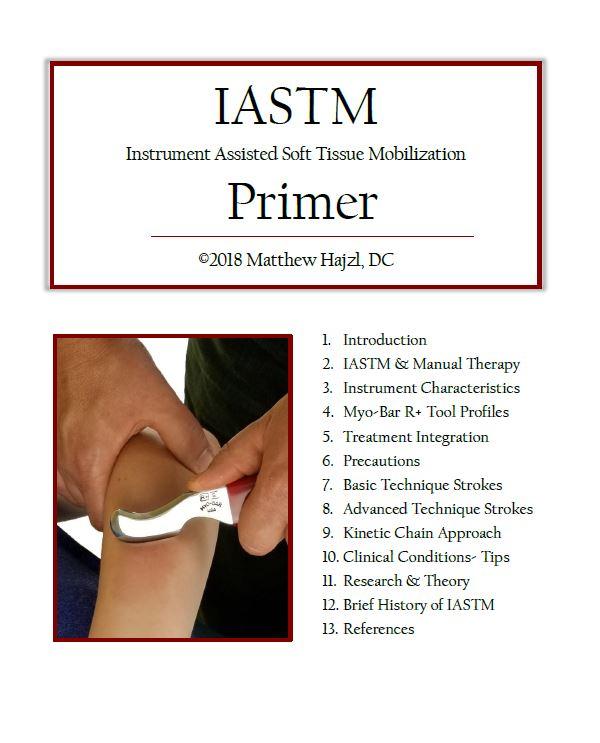You should learn to integrate IASTM techniques for one simple reason- improved outcomes. While helpful for all myofascial conditions and sports injuries, instrument assisted protocols are especially helpful for extremity conditions, post surgical rehabilitation, and improving athletic performance.
Just to get you thinking about the clinical end of things… would you like to improve your results will less therapy time & effort with cases like tennis elbow, plantar fasciitis, IT band syndrome, patellar tendonitis, post surgical ROM, carpal tunnel, impingement syndrome, tension headache, etc?
"IASTM therapy sessions can be highly specific and take on only 3-5 minutes."
IASTM therapy sessions can be highly specific and take on only 3-5 minutes. You will focus your time in just the right area of myofascial dysfunction and provide the perfect “soft tissue component” of your treatment session. After an IASTM segment you are on to therapeutic exercise, mobilization, or movement therapies. Your perfect combination to get your patients feeling better quickly. But, is integrating IASTM as simple as that?
IASTM Technique Demystified
If you’ve come to this page you have some understanding of soft tissue therapies. Maybe it’s a general technique like clinical massage or sports massage. Or, its any number of specialty techniques like trigger point therapy, ART®, myofascial release, structural integration, cyriax cross friction, or Fascial Manipulation®. Each of these techniques has a diagnostic rationale– ways to evaluate the myofascial structural system for dysfunction. After anomalies are noted these techniques then have a treatment rationale– how to apply manual hand contacts to affect change in the system.
"IASTM helps the practitioner apply a new variety of contacts to
techniques they already know and practice"
There is no such thing as a stand alone IASTM technique. IASTM merely helps the practitioner apply a new variety of manual contacts to any number of techniques they already know and practice. It makes your manual contacts easier for you to perform (by acting as a force multiplier) due to the smaller surface area of the contact, and it makes your manual contacts more specific (by being smaller/thinner than traditional hand/forearm contacts) especially in the smaller areas of target anatomy and deeper layers of fascia.
That said, we’ve highlighted the fundamental characteristics of IASTM tissue strokes, basic precautions, strategies, and treatment tips in our 2015 Technique Primer. And, most importantly we describe 8 treatment strokes (4 basic and 4 advanced) based on commonly accepted soft tissue treatment rationales. See the 4 basic stroke videos below, but also keep in mind that you can apply instrumented technique to many other therapy approaches and rationales.
Basic Technique Stroke Videos
Here I will demonstrate four Technique Stokes. Each is showing how an instrument contact can make delivery of other soft tissue therapies advantageous in certain instances. Please note that I would never imply that instruments should replace traditional hand contacts altogether. We’re talking about increasing range and scope of your therapies… using IASTM as a helpful adjunct during diagnostic palpation, warming massage, cross friction, and deep fascial release. (These are defined with case studies, along with a lot of additional helpful information in the Technique Primer).
DIAGNOSTIC STROKE
Can a stainless steel edge really help you find soft tissue concerns? Yes. The hard smooth edge acts as a stylus would in a record groove, riding up & down on myofascial topography. This phenomena is described as “diagnostic resonance.” There are many ways to determine dysfunction & the IASTM diagnostic stroke is a great one to quickly scan a long kinetic chain. I’ll demonstrate a scan from the Achillies to the Hamstrings origin.
WARMING PRETREATEMENT STROKE
I often use pre-treatment / warming strokes in the first 5 minutes of an appointment as it allows me to talk with the patient, “how did you do after your last treatment? … “have you noticed any changes? All the while I am gathering information about the area of complaint- tissue tension, painful points. And, the region of interest has benefited by increased blood flow and mechanoreceptor stimulation during the preparation for more specific therapy.
CROSS FRICTION STROKE
Cyriax Cross friction was the theoretical rationale for early concepts of IASTM treatment. While there are certainly additional rationales and therapeutic strokes (see Primer) this classic will be a go to. There have been micro trauma; remodeling naysayers of late, but Cyriax came up with his ideas over 50 years ago- there is loads of new research on the topic of fascial structural changes and fibroblast activity in response to mechanical stimulation.
DEEP FASCIAL RELEASE
I credit some of my most amazing results to deep fascial release strokes. Here you “catch” deep restrictions way down between muscle fascicles. When you are pushing a “tissue wave” with one of the myofascial bars, deep restrictions feel like thuds or “speed bumps” at first. Then, a few strokes later they are gone and the tissue is pliable. I believe practitioners would do these type of strokes more often if they knew that they could be easier and quicker.
IASTM Technique Primers
An updated introduction to IASTM current with the scientific literature- an “open source” guide for free use by any profession, technique school, or continuing education program. The Primer is 45 pages in length and includes easy to understand sections on 4 basic and 4 advanced technique strokes along with clinical tips for commonly treated conditions. Primer information is the same for each instrument series. Pick the primer that matches your purchase.
